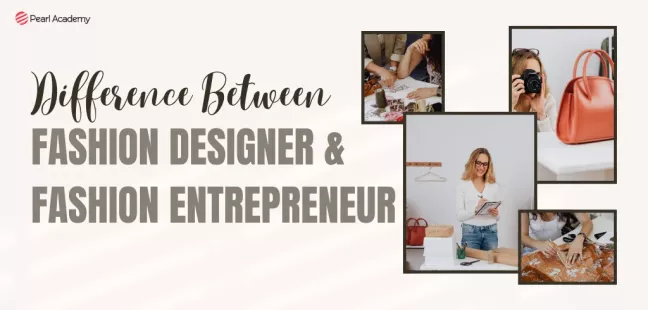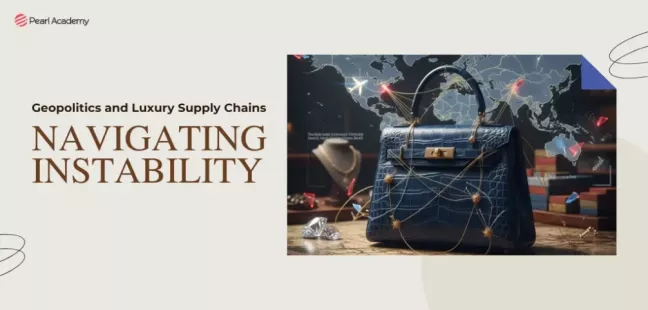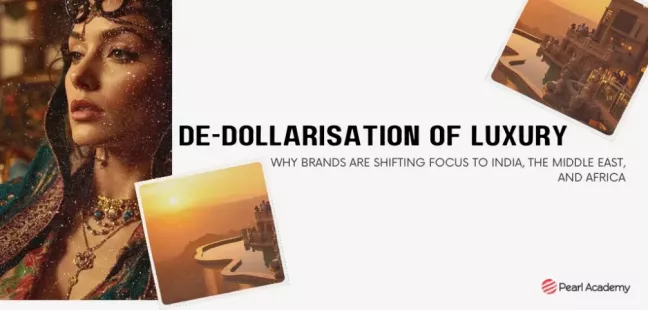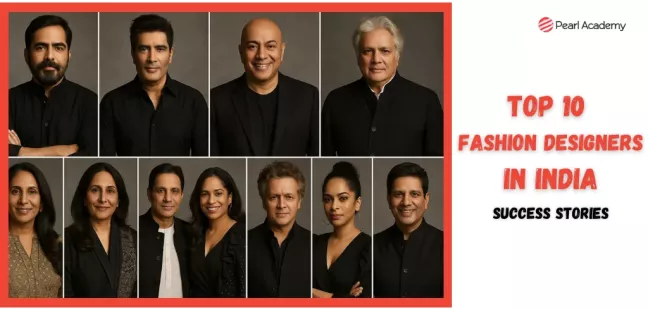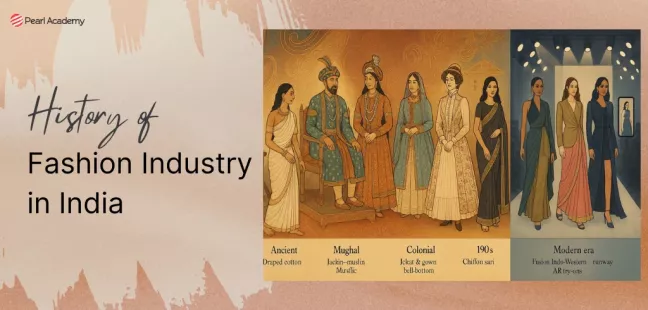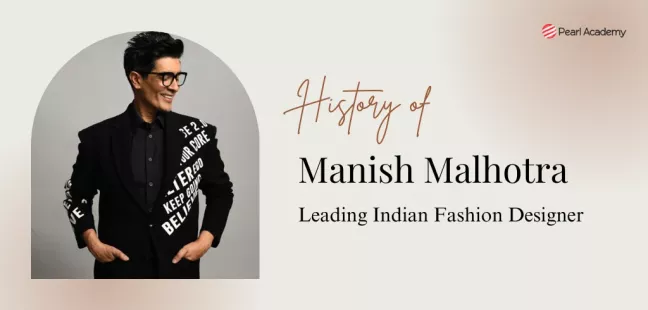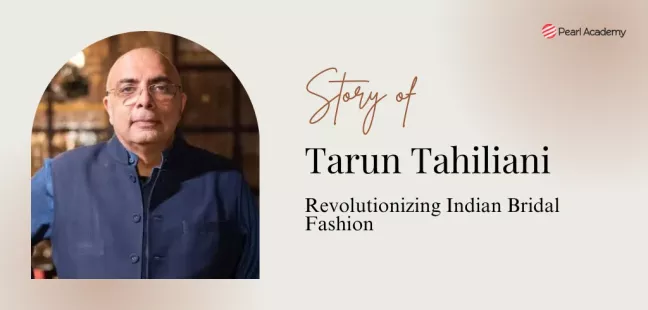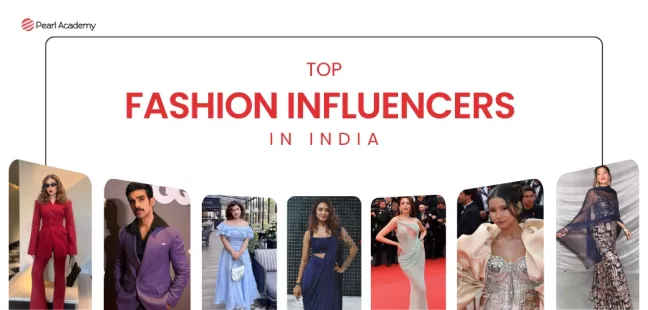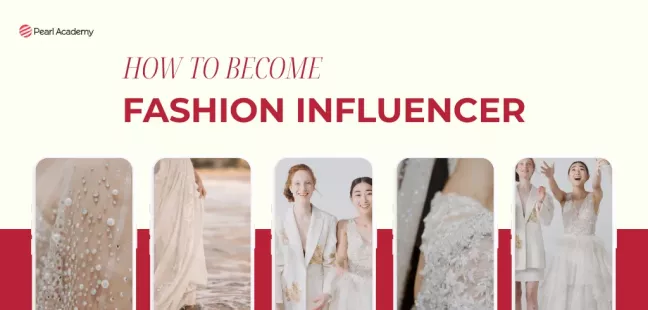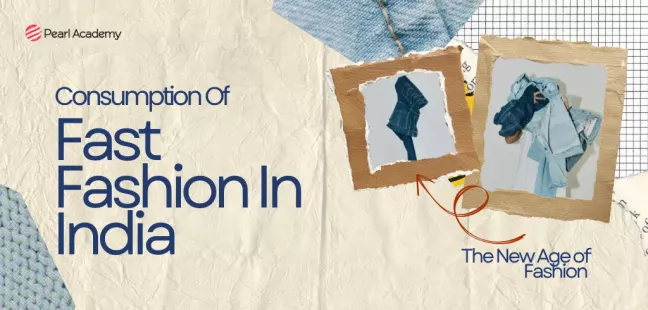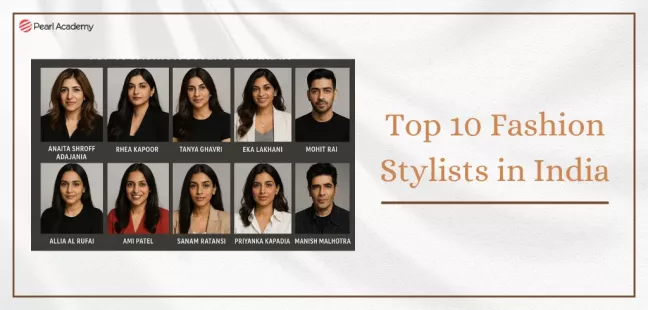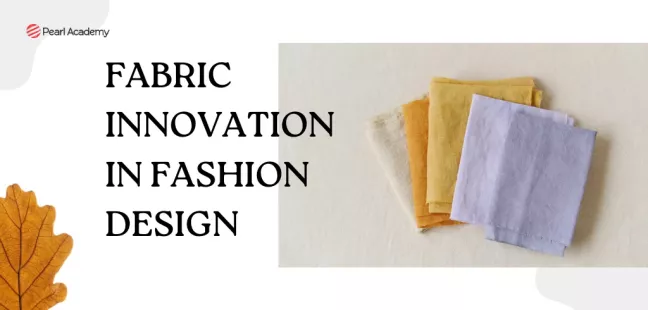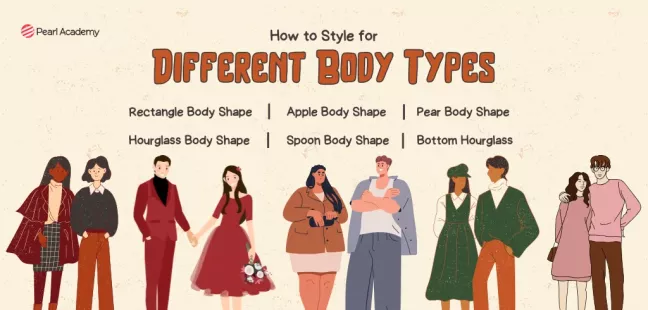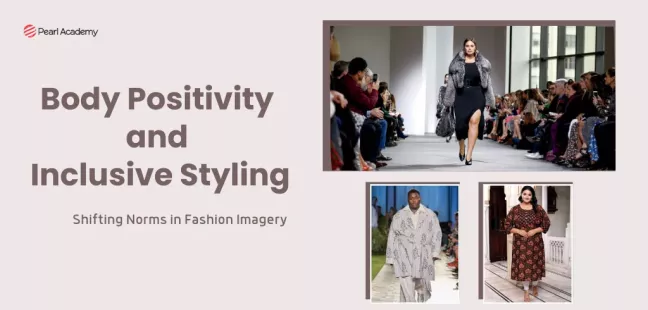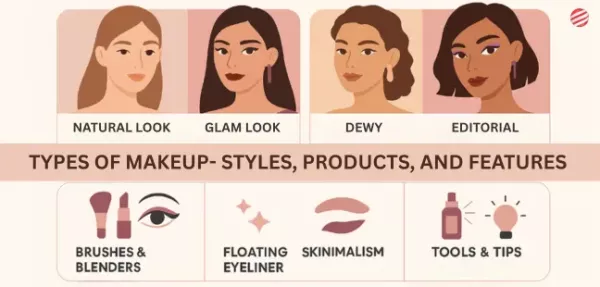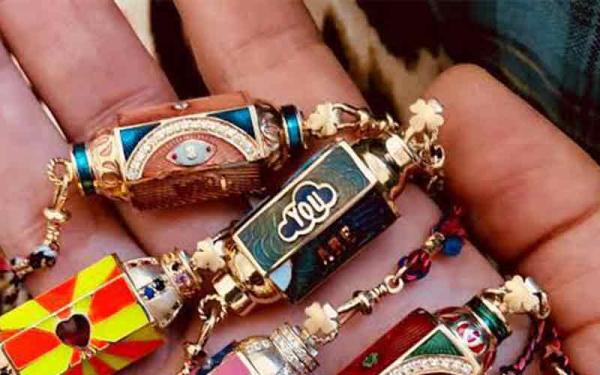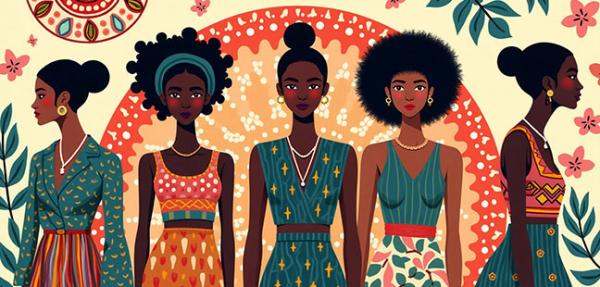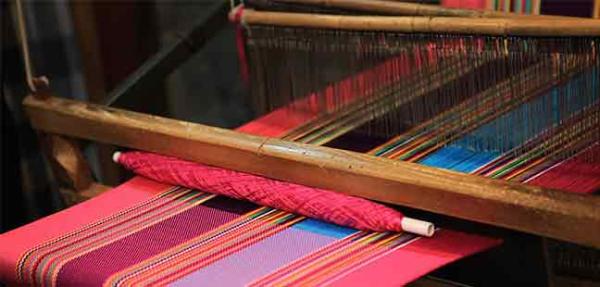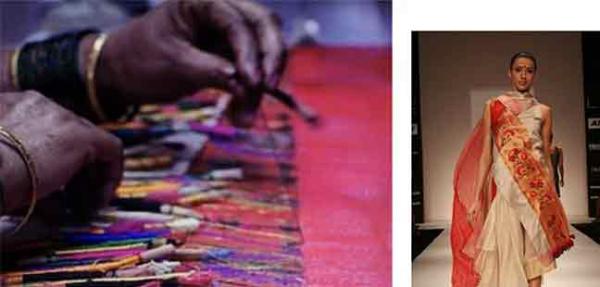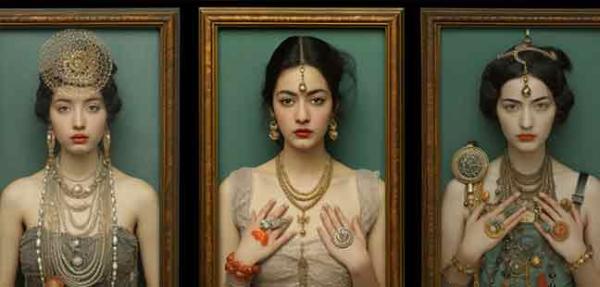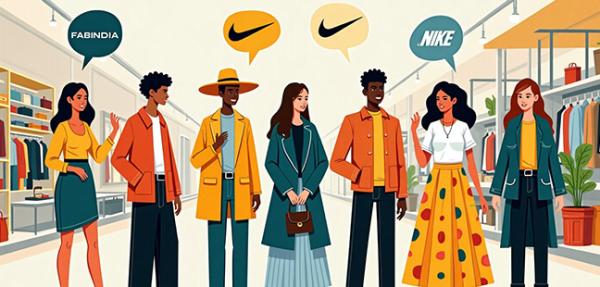The New Luxury: Why Craftsmanship and Provenance Matter More than Logos in the Gen Z Market
- Divam Jain
- Published 15-Oct-2025
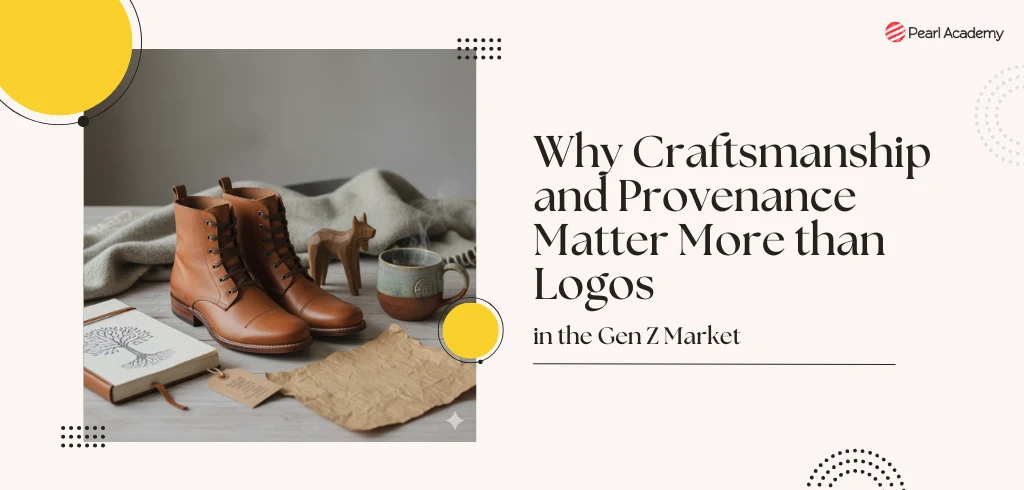
For a long time, luxury meant being seen. A logo on a handbag, a watch shining with brand recognition, or sneakers visible from across the street- these were the status symbols. But talk to a Gen Z consumer today and you’ll notice a quiet shift: it’s no longer just about who made it, but how it was made and where it comes from.
The world’s youngest luxury consumers are questioning not just what they buy, but what values those purchases represent. Post-pandemic minimalism, digital fatigue, and climate consciousness have accelerated this desire for authenticity and ethical storytelling.
Become future-ready with our Fashion Programs
Know MoreA Generation That Demands More
From cradle, Gen Z has been fed information. They scroll past glossy ads and dig deeper into the stories behind the products they buy. Without a narrative of authenticity, a logo is hollow no matter how flashy. They’re asking: Was the leather hand-stitched? Did the fabric come from a community with centuries of weaving tradition? Is the wool from a farm that practices sustainable methods (Kapferer and Bastien 64)?
According to Deloitte’s 2023 Gen Z Insights Report, over 65% of Gen Z consumers prefer brands that “reflect their personal values,” and nearly half say they are willing to pay more for transparency in sourcing. This data reinforces the emotional and ethical shift underway - from conspicuous to conscious consumption.
In the Indian context, this generational demand has given rise to a resurgence of brands that blend modern design with local craft, positioning heritage not as nostalgia but as relevance.
The Allure of Craftsmanship
Craftsmanship has become the new currency of distinction. Think of Hermès, where each Birkin bag is made by a single artisan, often taking 18-20 hours to complete (Thomas 142). Or closer home, India’s Banarasi and Kanchipuram weaves-labour intensive textiles that take weeks, sometimes months, of intricate work (Mukherjee 91). In an age of mass production, the slow precision of human hands means something rare: care, patience and pride in making. Replication stands impossible!
Luxury houses are increasingly turning to ateliers and metiers d’art to preserve this savoir-faire - Chanel’s Métiers d’Art collection celebrates embroiderers, feather-makers, and goldsmiths who embody the human soul of luxury.
Similarly, Dior’s India connection - from the Mumbai Gateway of India show to collaborations with Indian embroidery ateliers - reflects how craftsmanship is now a bridge between global design and local identity.
This renewed focus also highlights the difference between artisanal creation and fast fashion production cycles. For Gen Z, “made by hand” is not an aesthetic preference but an ethical declaration.
Provenance as the Real Signature
What excites this generation isn’t just the product-it’s the journey. Patagonia for example has built its reputation by tracing the origin of its materials and making ethical sourcing part of its DNA (Fletcher 75). In India, brands like Raw Mango and Good Earth have revived crafts by putting artisan stories front and centre. Provenance is more than geography-it’s a guarantee of integrity, heritage and respect for people and planet.
Why Loud Branding Feels Outdated
The truth is logos have lost some of their magic. Counterfeits are everywhere and social media has flattened what was once exclusive (Okonkwo 118). For Gen Z showing taste through quiet authenticity-a handmade ceramic ring, a heritage textile or a bag with no obvious branding-is a way of signalling individuality rather than conformity.
This is the age of “quiet luxury.” Brands like The Row, Loro Piana, Brunello Cucinelli, and Phoebe Philo’s new label embody understatement as the ultimate sophistication. Even global icons like Gucci and Burberry are dialing back maximalism in favour of heritage-driven narratives and product purity.
In India, Tata CLiQ Luxury’s campaigns around “slow luxury” and “crafted in India” mirror this global sentiment - that true distinction lies not in visibility, but in discernment.

Student Guidance Center: Our Counselors are Just a Click Away.
Conclusion- Luxury Redefined
Luxury today whispers where it once shouted. For Gen Z prestige comes not from excess but from meaning. Craftsmanship and provenance let them carry stories not products. And in those stories, they find identity, pride and a sense of belonging-to people, places and traditions. That’s more than any logo.
As Jean-Noël Kapferer suggests, the essence of luxury lies not in accessibility but in timelessness and creation. For tomorrow’s luxury consumer, heritage and innovation will coexist - where a handwoven sari, a sustainably sourced leather bag, or a blockchain-tracked watch each carry both memory and modernity.
Luxury, in its truest form, is no longer a language of logos - it’s a legacy of care, craftsmanship, and consciousness.
References
- Fletcher, Kate. Sustainable Fashion and Textiles: Design Journeys. Routledge, 2014.
- Kapferer, Jean-Noël, and Vincent Bastien. The Luxury Strategy: Break the Rules of Marketing to Build Luxury Brands. Kogan Page, 2012.
- Mukherjee, Arun. Textiles and Tradition in India. Oxford University Press, 2015.
- Okonkwo, Uché. Luxury Fashion Branding: Trends, Tactics, Techniques. Palgrave Macmillan, 2007.
- Thomas, Dana. Deluxe: How Luxury Lost Its Luster. Penguin Press, 2007.
Divam Jain
Divam Jain, Associate Professor at Pearl Academy’s School of Business, is a seasoned fashion professional with nearly 20 years of experience in fashion design, buying & exports, e-commerce, international sourcing, consultancy, and academia. A scholarship recipient from Nottingham Trent University, U.K., he has worked with global brands. At Pearl Academy, he specializes in luxury brand management and fashion business strategy, mentoring students, creating industry-relevant curricula, and building strong industry linkages to prepare future leaders.
Tags
- #Fashion
Pearl Admission Enquiry
Trending Post
-
![https://pearlwebsitecdn-prod-d8bgbfaqbgcghcfw.a01.azurefd.net/drupal-files/2025-11/Top-fashion-desiging-colleges-in-india-3.webp https://pearlwebsitecdn-prod-d8bgbfaqbgcghcfw.a01.azurefd.net/drupal-files/2025-11/Top-fashion-desiging-colleges-in-india-3.webp]()
-
![]()
Biofabrication in Fashion: Can India Lead the Sustainable Materials Revolution?
2025-12-01By Nandini Lal
-
![https://pearlwebsitecdn-prod-d8bgbfaqbgcghcfw.a01.azurefd.net/drupal-files/2025-05/Career-Paths-and-Opportunities-in-Fashion-Designing_130x125.webp https://pearlwebsitecdn-prod-d8bgbfaqbgcghcfw.a01.azurefd.net/drupal-files/2025-05/Career-Paths-and-Opportunities-in-Fashion-Designing_130x125.webp]()
Subscribe to Pearl Blogs
By clicking the "Subscribe" button, I agree and accept the privacy policy of Pearl Academy.

















